
Feel free to add tags, names, dates or anything you are looking for

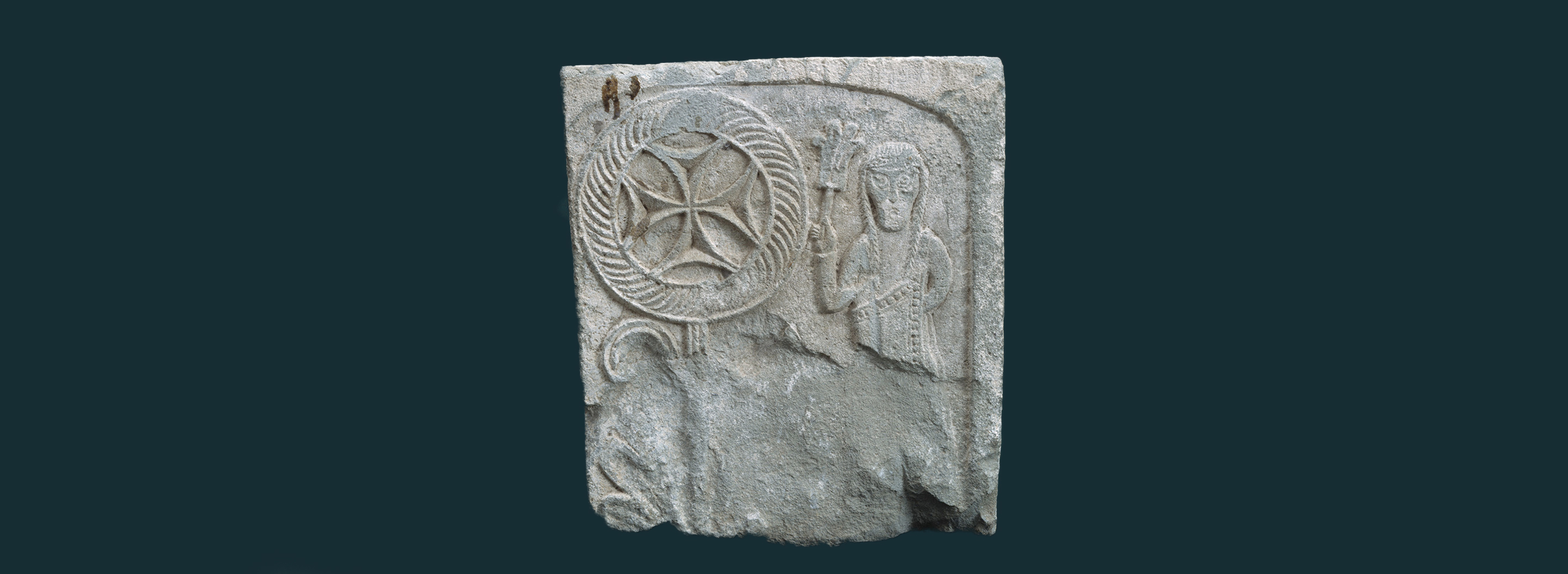
Secular portraiture in Medieval Georgia developed in close connection with religious art. The creation of “portraits” was connected with the ongoing socio-political processes in the country, particularly with the strengthening of feudal society. As in Byzantium, images of feudal lords appeared in church art in the 6th – 7th cc. Insertion of the figures of laymen into the decoration programs of the churches and stone cross pillars aimed to demonstrate their power and place in the feudal hierarchy.
One of the striking examples of the early portraits of local governors is the Church of the Cross of Mtkheta (Jvari in Georgian) (586-604). Carved portraits of eristavi (governors) of Kartli (the Kingdom in east Georgia) are displayed on the east façade of the Church. The depicted individuals, members of one feudal family, were donors of the church. They contributed to the construction of the church and commemorated themselves on the “privileged” east façade of the building.
A group of early Christian Georgian cult objects carved stone pillars with crosses on their top, depicting male and female figures. These crosses were created as a powerful symbol of faith, at the same time served as a proof of social status of depicted persons. In this epoch masters carved schematic, conditional representations rather than realistic portraiture. This stylistic could be explained by the intention to create “timeless” images, which contributed to the “eternal” presence of the depicted characters.
Samtsevrisi stela depicts (late 5th-early 6th cc) veneration of the Cross. A male figure clad in the garment of noblemen is presented standing before the cross. A special attention is paid on the details of the dress since it was an important social marker in medieval society. The male figure is clad in a Byzantine dress of noblemen with tablion (rectangular piece of embroider textile decorating mantle). The diadem crowning his head indicates his high social rank. The flower in the man's hand is an insignia symbolizing social dignity typical of Sasanian Persia.
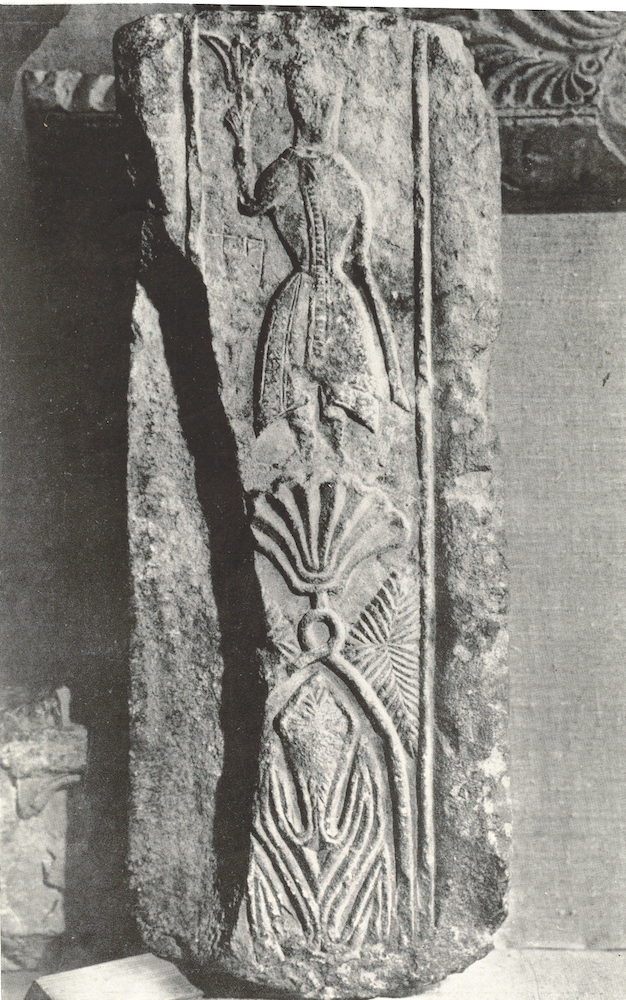
Dmanisi
On several pillars of stone crosses laymen are depicted “standing” on stylized vegetal patterns, which refer to Sassanid “iconography of power”. Presumably such reliefs could be interpreted as investiture of power.
The early Christian Georgian reliefs with donors’ figures are supplied with inscriptions. They preserved the names of depicted persons ("Marvuvo," "Constant, son of Stephen," "Tatvaraz," "Abaza," and "Athanase," among others).

Shergil
The name "Shergil" is mentioned in the inscription of the stone pillar found in Dmanisi region. He is clad in an equestrian dress known as "chokha" (national Georgian dress), with a dagger hanging from the belt. The man is holding a scepter in his right hand. These attributes reveal that he belongs to the circles associated with power.
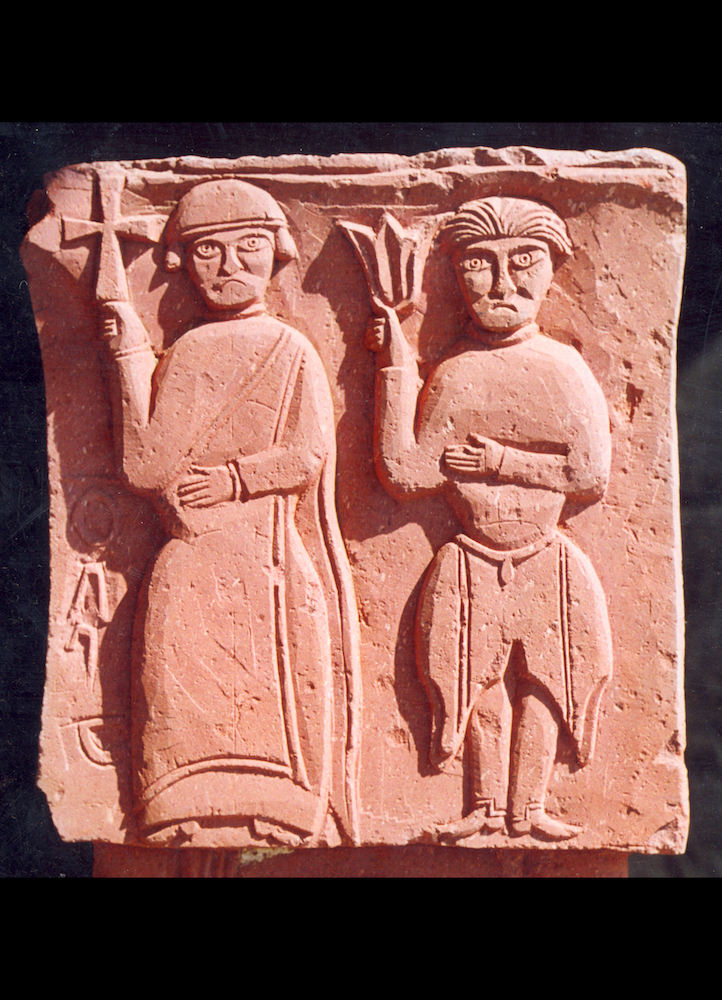
Nagzaura
A paired portrait of donors on the capital of stone cross from Dmanisi (Nagzaura) is dated to the 6th c. One of them, clad in Byzantine-style dress with headdress holding a cross, while another bare headed man in equestrian dress holds a flower. As it becomes evident from their dress and attributes they belong to diverse ranks of officials.
Significant examples of portraits can also be found on the carved stone cross pillar from Brdadzori (end of the 6th century), where lay people are portrayed three times: on the upper part of the pillar a man holding a flower stands before the Mother of God. On one of the pillar's faces, there are two "family" portraits of a man, a woman, and a child.

Brdadzori
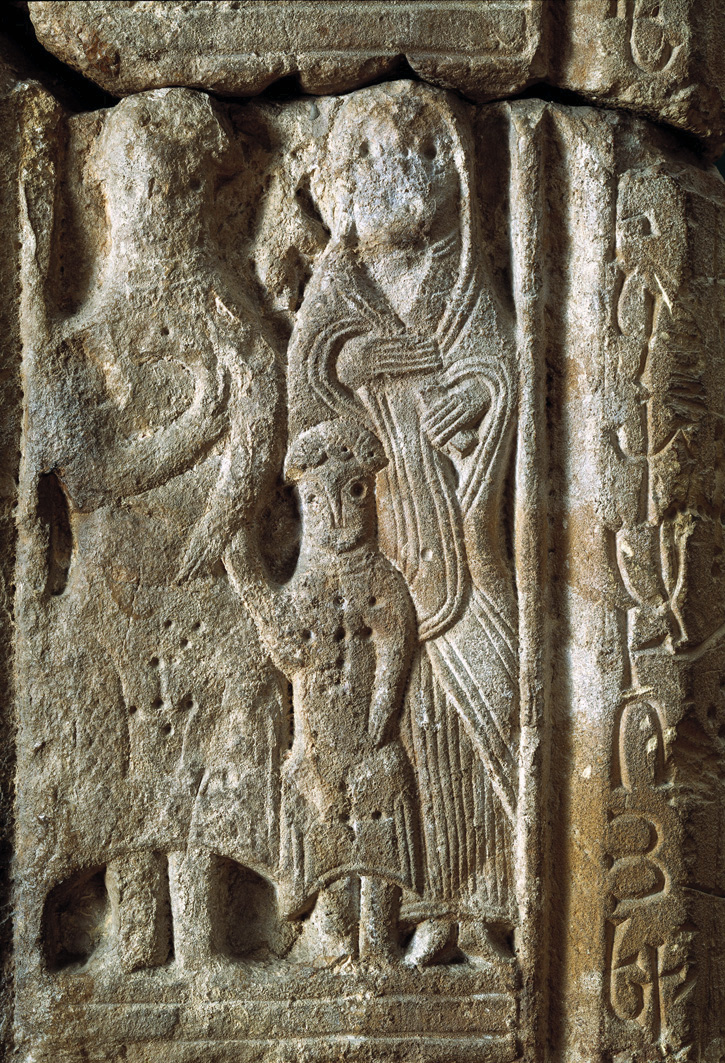
Family
Special mention should be made of the individuals depicted on the Davati stone cross pillar (6th century). Their attire is of a distinctive character. It differs from the traditional equestrians’ costume, and evokes associations with the clothing of Byzantine imperial court dignitaries.

Davati stone cross pillar
The stone cross pillar from Kataula (7th century) has preserved unique examples of Georgian relief portraits from the early Middle Ages, both sides of which (south and north) include vertical rows of portraits: one of them features figures of men, while the other – those of women. It represents a “collective portrait” of one of the feudal families of Kartli, the likes of which I have not come across in world art from this epoch.

Grigol Vipatos
Inscriptions made in the Georgian script (asomtavruli) accompany the Kataula portraits. "Grigol Vipatos" (an honorary Byzantine title) is referenced in the inscription on one of the male portraits. In this case, we are dealing with the image of a nobleman from Kartli who bears the title of a Byzantine royal. Mariam and Latavri are mentioned in the inscriptions of the female images.

Mariam
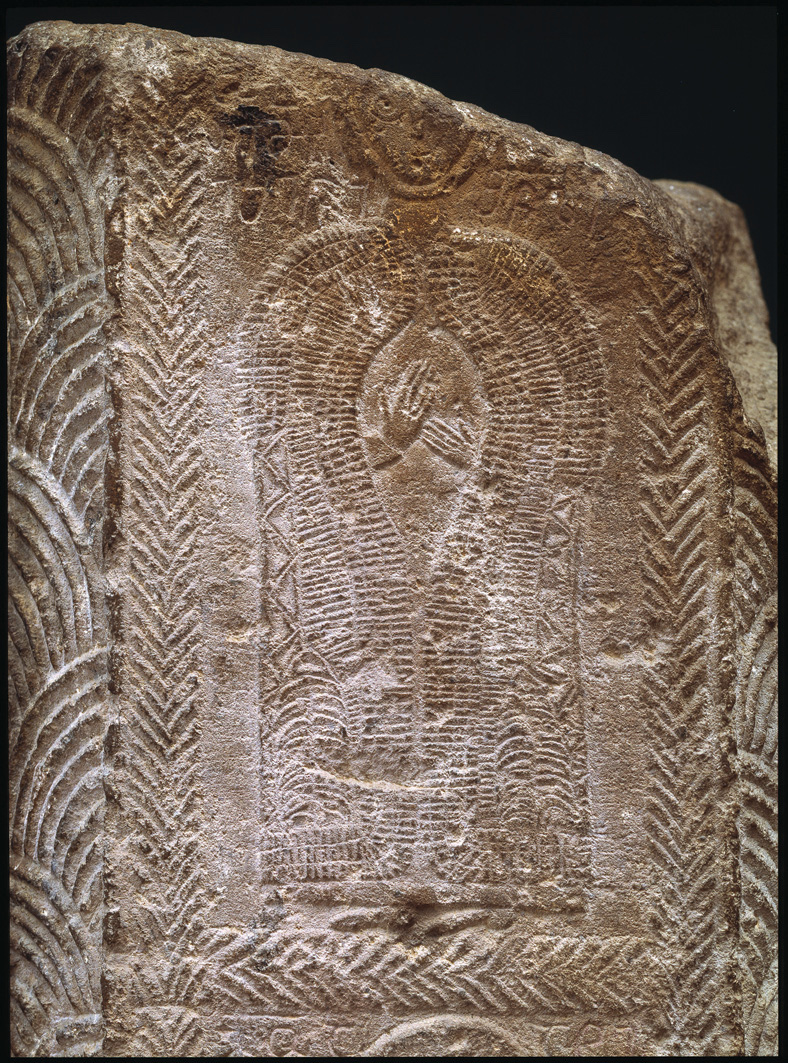
Latavri
Georgian relief portraits from the early Middle Ages contain information about various aspects of social life in the country at that time. The portraits of laymen may be regarded as authentic documentation of the country's social, political, and religious life, by dint of which the nobles of Kartli affirmed their social prominence in the kingdom and their devotion to Christianity.